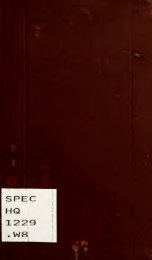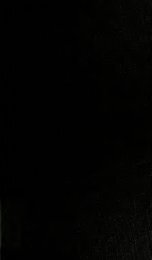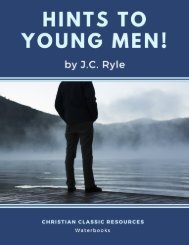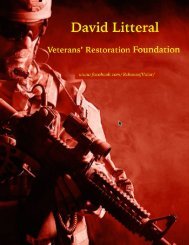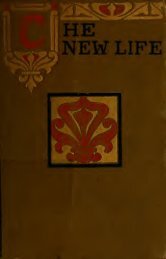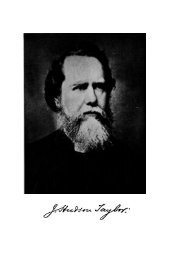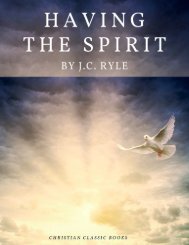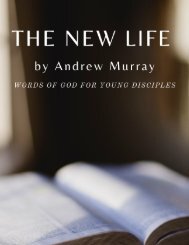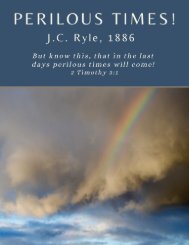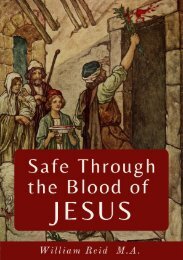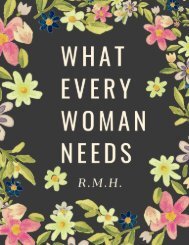Susanna Wesley
This is the story of Susanna Wesley, 1669-1742 Mother of Charles and John Wesley, who were founders of the Methodist Church. Susanna and her husband, Samuel, had nineteen children, ten of whom survived to adulthood. Her son Charles became a well-known hymn writer and her son John became the found of Methodism. Susanna was brought up in a Puritan home as the youngest of twenty-five children. As a teenager, she became a member of the Church of England. She became the wife of a chronically debt-ridden parish rector in an English village. She said, "I have had a large experience of what the world calls adverse fortune." Nonetheless, Susanna managed to pass down to her children Christian principles that stayed with them.
This is the story of Susanna Wesley, 1669-1742 Mother of Charles and John Wesley, who were founders of the Methodist Church. Susanna and her husband, Samuel, had nineteen children, ten of whom survived to adulthood. Her son Charles became a well-known hymn writer and her son John became the found of Methodism.
Susanna was brought up in a Puritan home as the youngest of twenty-five children. As a teenager, she became a member of the Church of England. She became the wife of a chronically debt-ridden parish rector in an English village. She said, "I have had a large experience of what the world calls adverse fortune." Nonetheless, Susanna managed to pass down to her children Christian principles that stayed with them.
You also want an ePaper? Increase the reach of your titles
YUMPU automatically turns print PDFs into web optimized ePapers that Google loves.
SURVIVORS AND DESCENDANTS. 233<br />
first showed his talent when nearly three years old, by<br />
picking out a tune correctly on the harpsichord, and,<br />
what was more, putting a true bass to it. At four<br />
years of age his father took the little fellow to London,<br />
where the first musicians of the day pointed out that<br />
he ought to be brought up to follow his natural bent<br />
as a profession. His father and uncle do not appear<br />
to have made the slightest objection, and it was probably<br />
very pleasing to them when they found that the<br />
boy turned instinctively to cathedral music. Dr. Boyce<br />
was long his principal master, and after him Mr.<br />
Kelway, who introduced his pupil and protege to the<br />
notice of King George III.<br />
Under his father's tuition he received the rudiments<br />
of a classical education, grew up to have very gentle<br />
and even courtier-like manners, and for his simplicity<br />
and kindness of heart was a universal favourite ;<br />
but<br />
so little calculated was he to take care of himself in<br />
this naughty world, that his sister devoted herself to<br />
him, and acted as a sort of guardian angel, though a<br />
very unobtrusive one.<br />
The first time Charles received the royal command<br />
to attend at Buckingham House was in 1775, when<br />
he was just eighteen ;<br />
and he was carried across the<br />
Park in a sedan-chair, after having been, it is said,<br />
carefully dressed by<br />
his mother and sister. From<br />
that time forth he was annually summoned to Windsor ;<br />
and when Princess Charlotte was old enough to require<br />
a music master, he was selected for the post. He<br />
ultimately became organist at Marylebone Church,<br />
and was well known in musical circles. One who<br />
"<br />
knew him well, said, In music he was an angel ;<br />
in<br />
everything else a child." He scarcely knew a day's illhealth,<br />
and died in 1834 at the age of seventy-seven.




